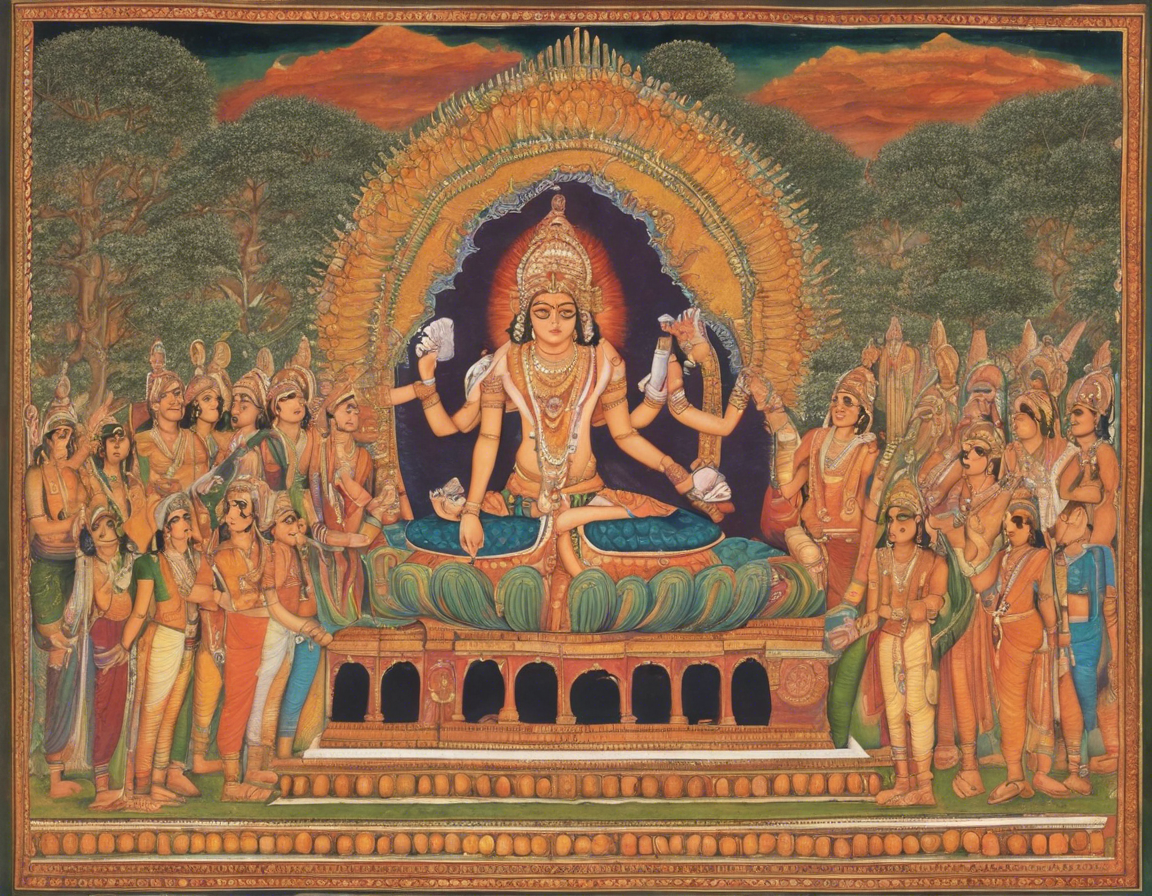Introduction
In ancient India, the Dharmasastra legal system played a significant role in shaping society and governance. The word “Dharmasastra” is derived from “dharma,” which means righteousness or duty, and “sastra,” which means a text or knowledge. These texts were not only legal codes but also moral and ethical guidelines that governed every aspect of life, including social, religious, and legal conduct. From the duties of individuals to the rules of governance, Dharmasastras provided a comprehensive framework for a just and harmonious society. This comprehensive article delves into the intricacies of the ancient Dharmasastra legal system, its principles, key texts, and relevance in modern times.
Key Principles of Dharmasastra
-
Dharma: The overarching principle of Dharmasastra is dharma, which encompasses righteousness, duty, law, and justice. It is the moral and ethical duty that individuals must uphold in their personal and social lives.
-
VarNasrama Dharma: The concept of varNasrama dharma divides society into four varNas (classes) – Brahmins (priests and scholars), Kshatriyas (warriors and rulers), Vaishyas (merchants and traders), and Shudras (laborers). Each varNa has its duties and responsibilities prescribed in the Dharmasastras.
-
Karma and Rebirth: Dharmasastras emphasize the concept of karma (actions) and rebirth. Actions in this life determine one’s fate in the next life, and individuals are bound by the consequences of their deeds.
-
Purusharthas: Dharmasastras recognize four purusharthas (goals of life) – Dharma (duty), Artha (wealth), Kama (desire), and Moksha (liberation). These goals guide individuals in leading a fulfilling life while upholding righteousness.
Key Texts of Dharmasastra
-
Manusmriti: Also known as the Laws of Manu, Manusmriti is one of the most well-known Dharmasastra texts. It covers a wide range of topics, including social hierarchy, duties of varNas, and legal principles.
-
Yajnavalkya Smriti: Attributed to the sage Yajnavalkya, this text provides insights into dharma, legal procedures, and societal norms. It is revered for its clarity and practicality in legal matters.
-
Narada Smriti: Narada Smriti focuses on dharma and ethical conduct, providing guidelines for personal behavior, legal disputes, and social harmony.
-
Apastamba Dharma Sutra: This text delves into ritual practices, moral conduct, and legal principles. It emphasizes the importance of ethical behavior in upholding dharma.
Relevance of Dharmasastra in Modern Times
While the ancient Dharmasastra legal system may seem archaic in today’s legal landscape, many principles are still relevant and applicable in modern times. Concepts such as justice, ethics, and societal harmony transcend time and can offer valuable insights into contemporary legal and moral dilemmas. The emphasis on upholding righteousness, respecting authority, and maintaining social order resonates with the foundations of a just society. Additionally, the holistic approach of Dharmasastras, encompassing legal, moral, and ethical dimensions, can provide a comprehensive framework for addressing complex issues in the modern world.
Challenges and Criticisms
Despite its enduring relevance, the Dharmasastra legal system has faced criticisms and challenges, particularly regarding its treatment of women, varNa hierarchy, and social inequalities. The rigid enforcement of caste-based duties and restrictions has been a subject of debate, with calls for reform and reinterpretation of Dharmasastra principles in light of contemporary values and human rights standards. Additionally, the patriarchal nature of some texts and their discriminatory practices have been scrutinized for perpetuating gender biases and inequality.
FAQs:
-
What is the primary goal of Dharmasastras?
The primary goal of Dharmasastras is to uphold righteousness (dharma) and guide individuals in leading a virtuous life based on moral and ethical principles. -
How do Dharmasastras classify society?
Dharmasastras classify society into four varNas (classes) – Brahmins, Kshatriyas, Vaishyas, and Shudras, each with defined roles and responsibilities. -
What are the key texts of Dharmasastra?
Some key texts of Dharmasastra include Manusmriti, Yajnavalkya Smriti, Narada Smriti, and Apastamba Dharma Sutra. -
Are the principles of Dharmasastra still relevant today?
Many principles of Dharmasastra, such as justice, ethics, and social harmony, are still relevant today and can offer insights into modern legal and moral dilemmas. -
What criticisms have been raised against Dharmasastras?
Criticisms against Dharmasastras include their treatment of women, caste-based hierarchies, and perpetuation of social inequalities, leading to calls for reinterpretation and reform.
In conclusion, the ancient Dharmasastra legal system offers a rich tapestry of legal, moral, and ethical guidelines that have shaped Indian society for centuries. While facing criticisms and challenges, its principles continue to resonate in modern times, providing valuable insights into justice, ethics, and societal harmony. By understanding the key principles, texts, and relevance of Dharmasastras, we can appreciate the enduring legacy of these ancient legal codes in shaping a just and righteous society.
